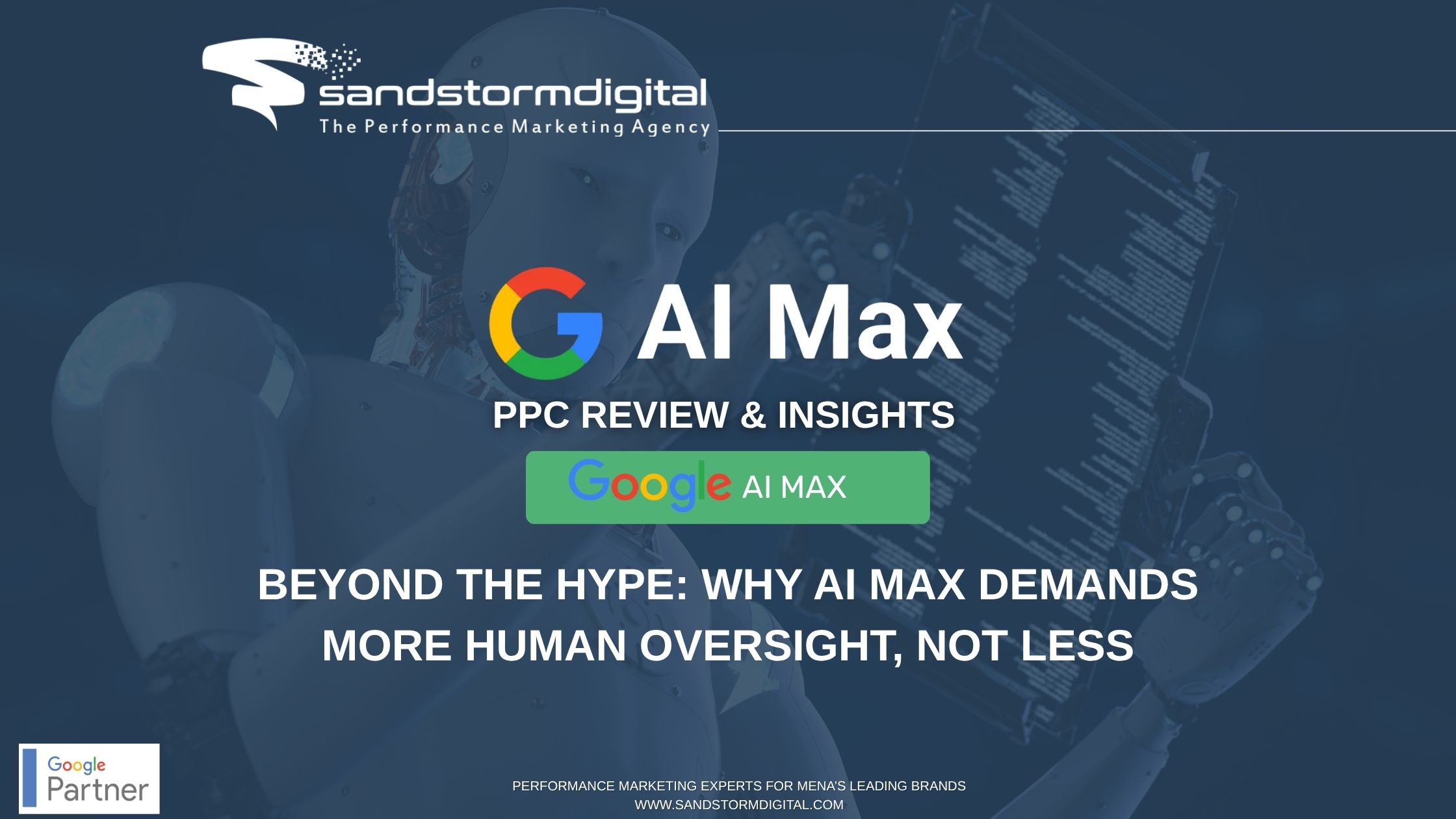Digital advertising is an exciting field because of the technology and innovation behind it. Yet in spite of the possibilities it offers, it’s become formulaic: it’s a cycle of segmentation, blasting, and performance attribution. You then tweak the reach and frequency of campaigns, rinse, and repeat.
At first blush, this segment-blast-measure approach works fine. After all, it’s an effective methodology that has been in use in real world marketing and advertising for decades now.
The digital world, however, is a little different.
You can gain a competitive edge if you find a new way of thinking about online advertising and find a way to improve upon the tried and true, real world formula, making it better for “digital first” campaigns.
Shift Your Focus from Campaign Blasts to Fine-Tuned Ad Delivery
Blasting ads is a thing of the past. It might seem to work just as well in digital campaigns as in the real world, but there’s a better way to reach your target audiences.
In traditional advertising, you have one ad for millions of eyeballs. In digital advertising, you can deliver a different ad to each lead group you’re targeting; one that potentially suits their preferences better.
Indeed, online advertising is less about simple spray-and-pray campaign blasts and more about an analytical approach. Take Google AdWords, for instance. You can use complex contextual ads that show a specific ad to specific users based on the keywords they use in their search query. This means you can tailor fit your ads to the needs and intent of each potential customer using his search query as a yardstick.
In digital display ads, you can use programmatic retargeting: using the third-party cookies in users’ browsers, you can tell if they’ve been searching for shoes or clothes, for instance, and then show them relevant ads when they go to webpages running the same ad networks.
In both AdWords and digital display ads, you can tweak your spending using real-time bidding, where you can automatically assign the highest bid you want to place on specific ad placement and thus keep strict control over your budget.
Obviously, technology is enabling the industry to evolve this way. You should take the opportunity to embrace the possibilities digital advertising opens up to you.
Create a Unified Experience in the Customer Journey
It’s ironic that the customers targeted by traditional blasts of marketing messaging aren’t typically willing to sit through them. Unlike in traditional media like TV or real world display ads, customers have much more control over what they are exposed to online.
In the real world, they can mute a TV spot or ignore a display ad. Online, they can literally make ads disappear with ad blockers and never even see them in the first place.
Your typical target customer can click or swipe his way to the product he wants, on the device of his preference, through the marketing channel that appeals most to him. He can enter your sales funnel through multiple touch points and exit it through just as many ways.
You should understand that the customer journey is not a whole comprised of disjointed campaigns, it’s a unified experience.
Just take a look at how search engine optimization (SEO) has evolved. There was a time when SEO was the cutting edge of online marketing. Everyone wanted to be at the top of search results, to the detriment of user experience. Companies used “black hat” tactics to basically cheat their way to the top spots of search results, not realizing that despite tricking many people into clicking through to their landing pages, they really weren’t doing themselves any favors — they were just giving themselves higher bounce rates. They were too focused on getting the number one spots in search results; increasing click-throughs but neglecting conversion.
Now, SEO has been forced to become a refined, principled set of best practices when it comes to building backlinks and optimizing webpage markup. Ultimately, SEO has become a legitimate and even staple method of increasing the visibility and authority of company websites. SEO does this by focusing on making the search experience better for users instead of using spammy link building, keyword stuffing, and similar techniques.
Stop Thinking in Silos
Creating a unified experience in your customer journey sounds meaningful, but it’s definitely easier said than done. How exactly do you do that? One of the first and most important steps to take towards that goal is to change your mindset and stop thinking in silos.
Many companies add a department or team to handle every facet of digital advertising they expand to — a team for SEO, one for content, one for social, another for pay per click (PPC), and so on. The problem is all of these belong under a single customer journey and a unified experience. If they are disjointed in operation, you get likewise disjointed results.
You need to integrate each disparate silo’s goal into a single weave, so to speak
.
For example, it’s the search team’s job to bring in qualified organic traffic as well as handle pay per click text ads. It’s the display team’s job to create relevant display ads for advertising networks. And it’s the social team’s job to maintain social media pages and handle ads on social networks. You don’t need to literally put them together in the same room. You just need to improve their communication and cooperation by first ensuring that their objectives work with each other and together, they keep nudging leads to a closed sale.
So in the scenario given above, you can:
- Use programmatic ad buying to synchronize the campaigns on both text and display ad networks that use real-time bidding.
- Use retargeting to avoid presenting display ads or equivalent text ads to users who have been shown a specific display ad on one of your ad networks before, thus ensuring that each ad displayed is better than the last.
- Target the right keyword phrases for organic search and PPC to work together: lure top-of-funnel leads to organic results through SEO and lead the prospects who are closer to conversion to hardsell PPC text ads.
- Share the same webpages shown to top-of-funnel leads to social media pages to increase engagement via likes, comments, and shares, which increases overall exposure for the brand page.
- Use the added exposure for your social ads: attract social media users who’ve shown interest in the brand page but are not close to conversion yet and create more touchpoints and interactions to increase brand recall.
All of these working in concert can create a unified experience in your customer journey where leads aren’t just exposed to campaign blasts but are instead guided through your sales funnel. That is how you take advantage of cutting edge digital advertising and make the most out of your budget spend.










